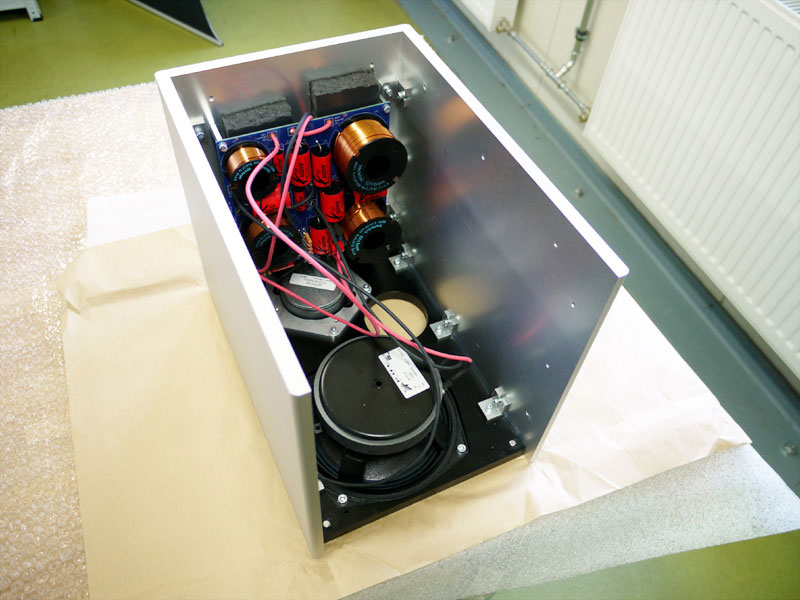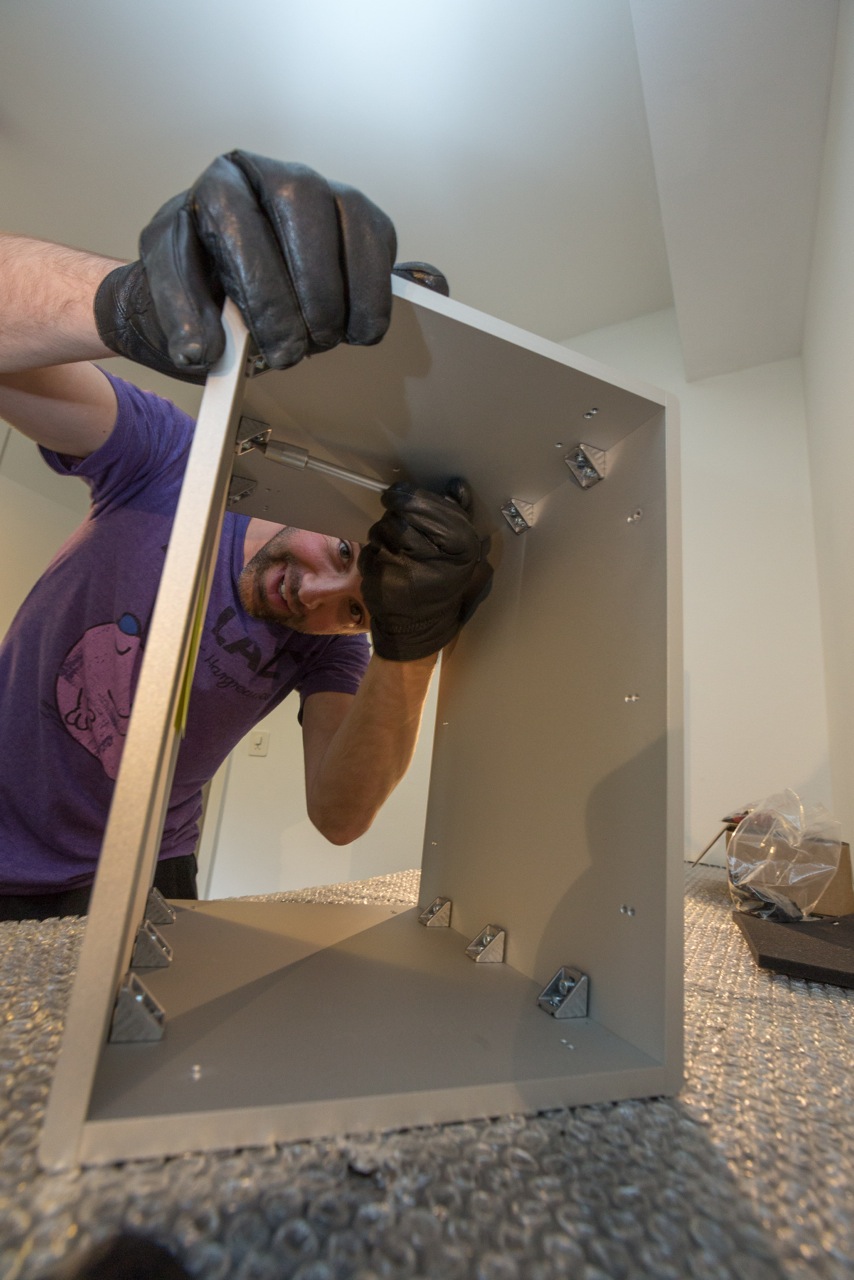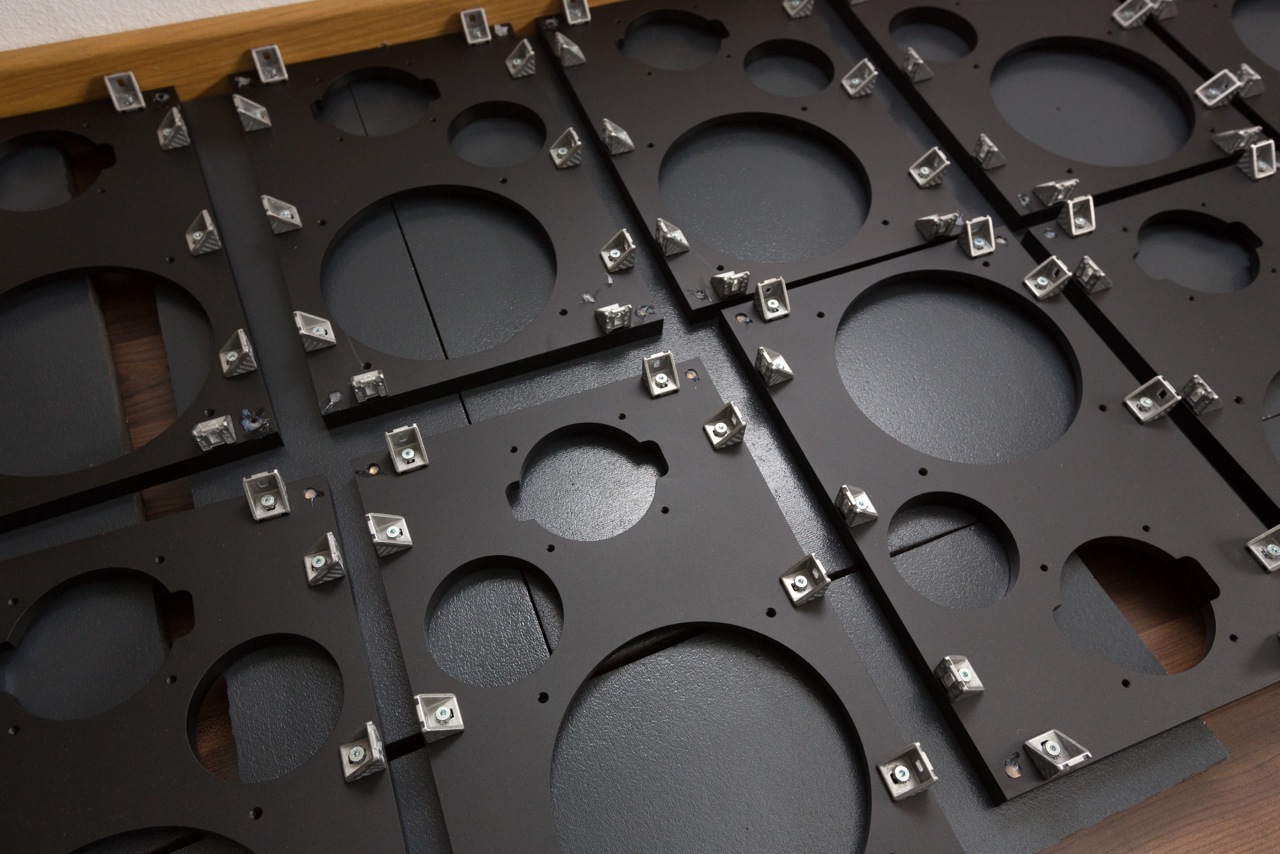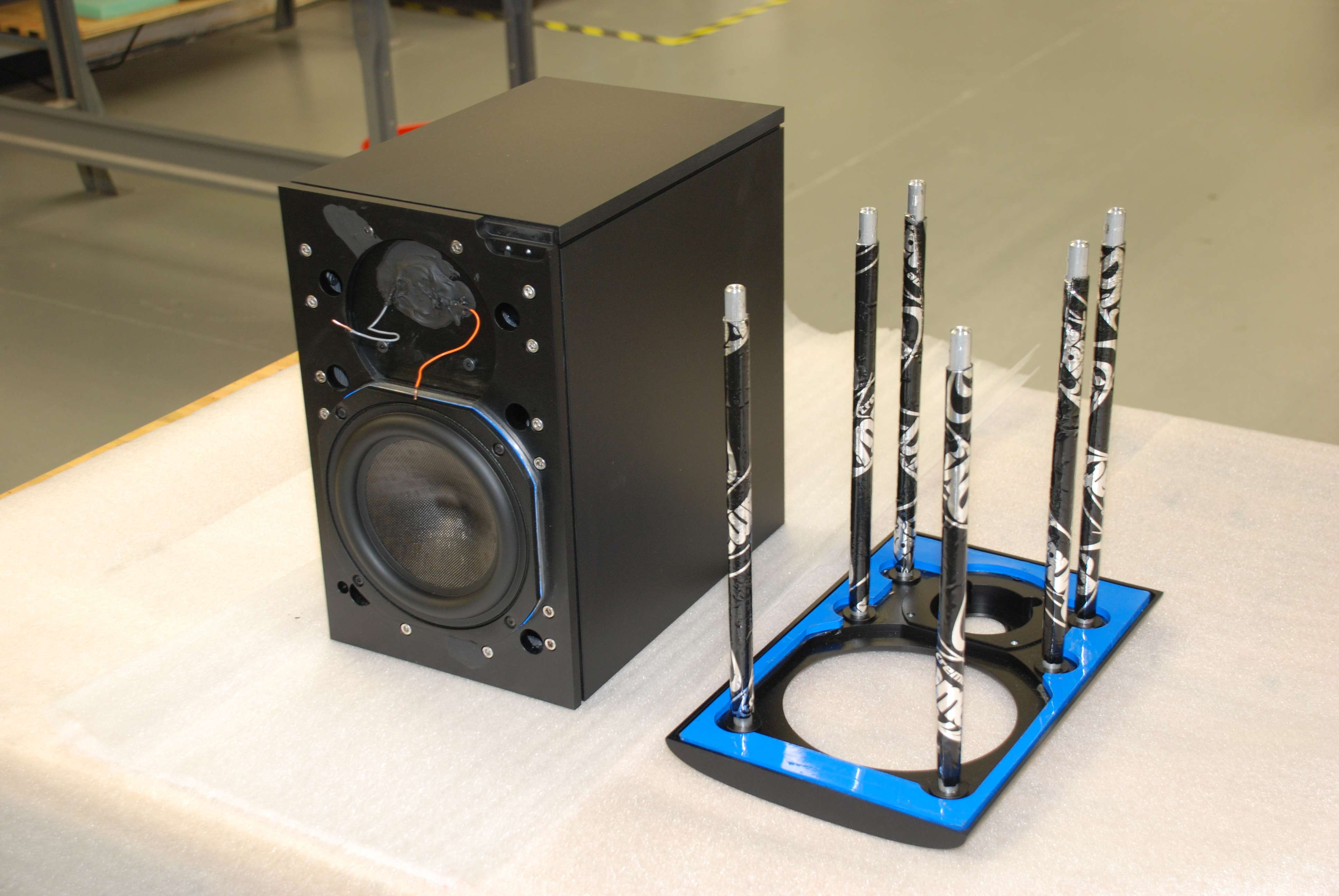matt scarlett
Established Member
Is milling/CNC so accurate that one could create an air-tight box (using six pieces of said metal) without any form of adhesive mastic?

No. How are you planning to join the 6 pieces together?matt scarlett":mb0vig3l said:Is milling/CNC so accurate that one could create an air-tight box (using six pieces of said metal) without any form of adhesive mastic?
Ah - I think we're back to the concept of the "decent square" thread. There's airtight (a platonic ideal) and airtight enough for a loudspeaker to work. What rate a air leakage would have an acoustic effect?matt scarlett":2sj4tjq3 said:I guess for the purpose of Magico speakers, bit of mastic isn't going to be an issue. It was interesting. For me I design transmission line enclosures, and so a sealed speaker wouldn't be needed, however, even with the folds/waveguides in the t-line enclosure, I'd want them to be pretty close to flush.












Enter your email address to join: